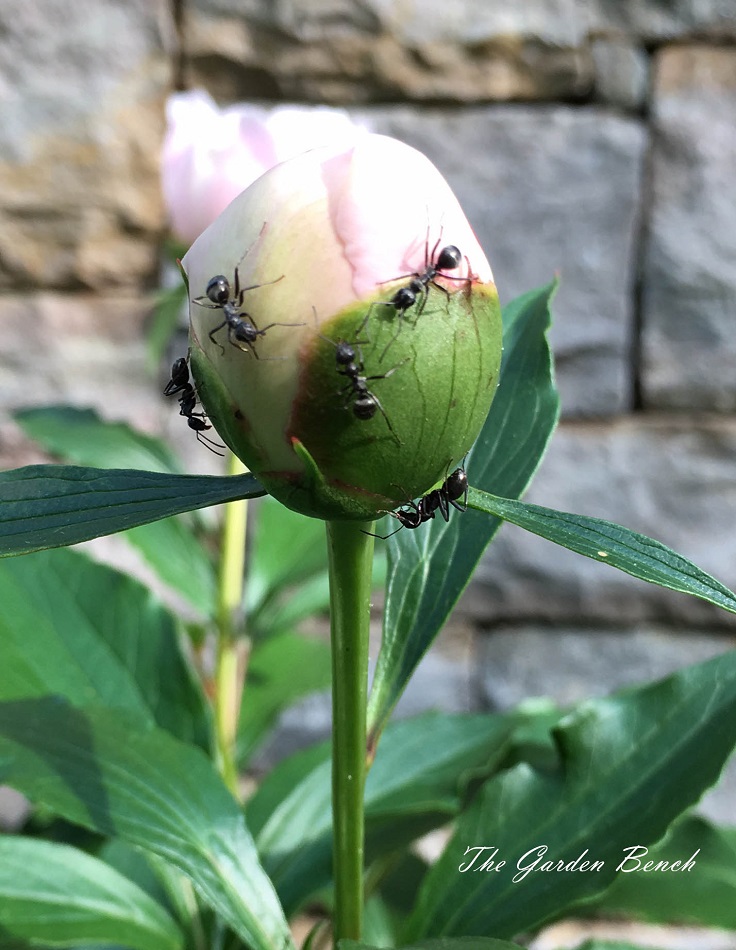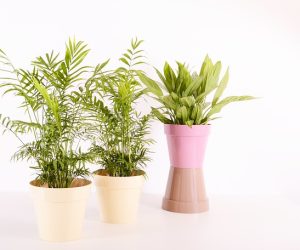Peonies are one of the most popular bouquet flowers! They come in gorgeous colors that really compliment their shape and size, and we definitely adore them for that. No matter if it’s pink, red, or white we’re talking about, if we could plant our whole garden with them, we would totally do that.
If you’re also one of the people who absolutely love peonies and considered decorating the garden with these beauties, then we’re here to help. In this article, you will find ten tips on how to plant and grow these pretty flowers. Scroll along!
1. Choose a Variety
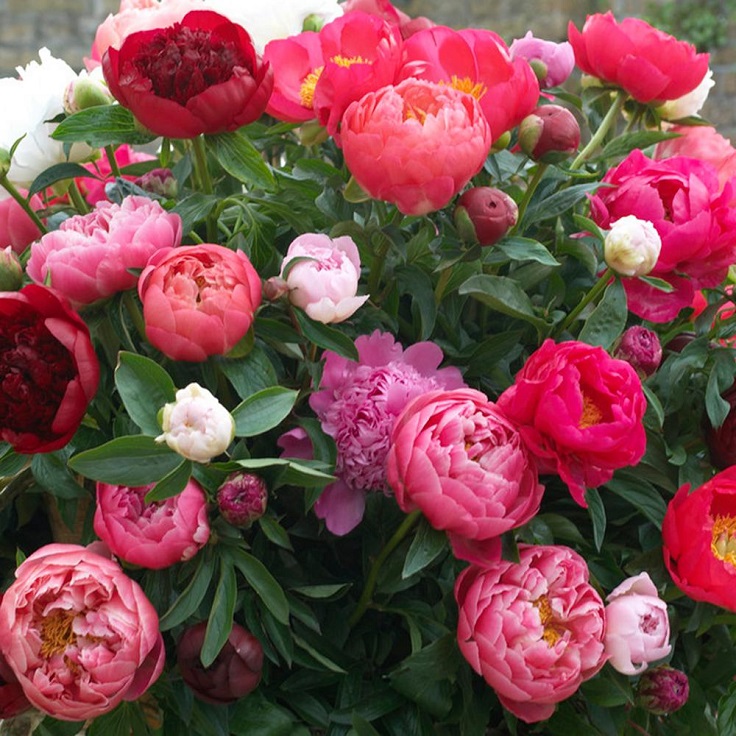
via homedepot.com
All varieties are beautiful, but they differ in few ways. They are separated into two main groups – early to mid-season bloomers and mid to late-season bloomers. In the first one, you will find varieties such as Stardust that produce white-petaled flowers, or Big Ben with medium – size, dark red flowers. You will find the Angel Cheeks with bomb-shaped, soft – pink petals or Louise Marx with Japanese-form white blooms and gold stamens in the second group. There are many more, so make sure to check them all out and choose your favorite.
2. Get the Right Soil
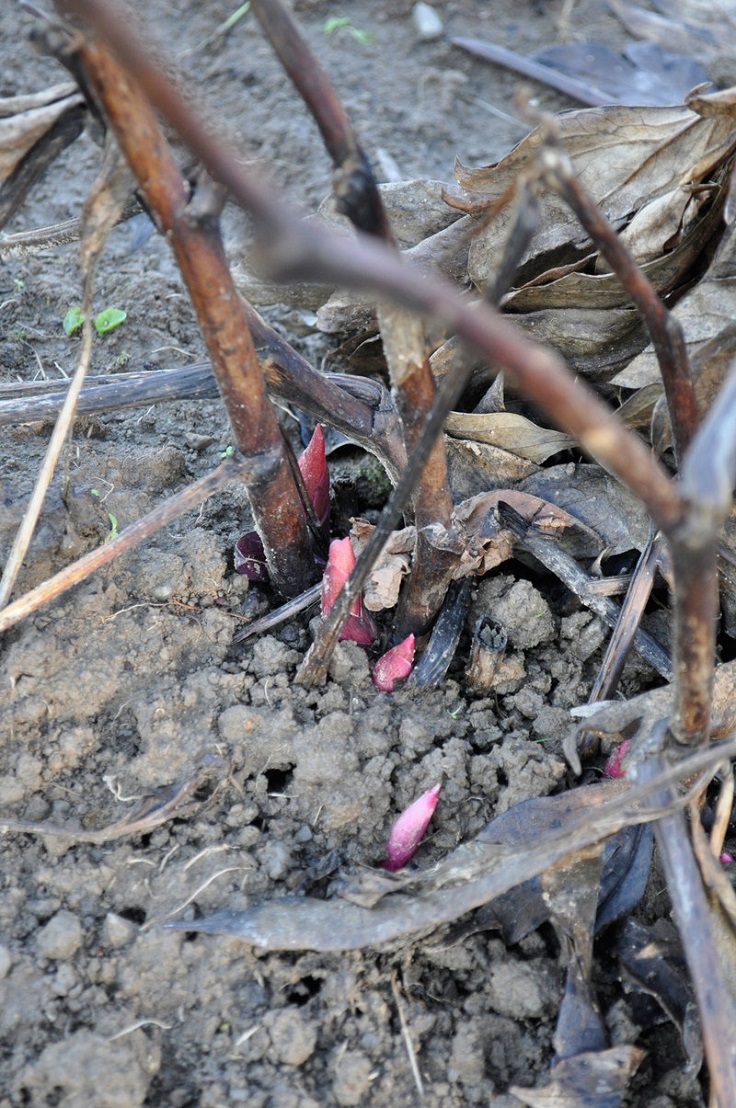
via claireaustin-hardyplants.co.uk
Before you go on with planting your peonies, make sure to test out your soil’s pH – it should be neutral. If your soil is poor, adding well-rotted compost will help. Besides this, the peonies love soil that is rich in hummus and fertile. It should also be soil that will allow good water – drainage.
3. Pick the Right Site
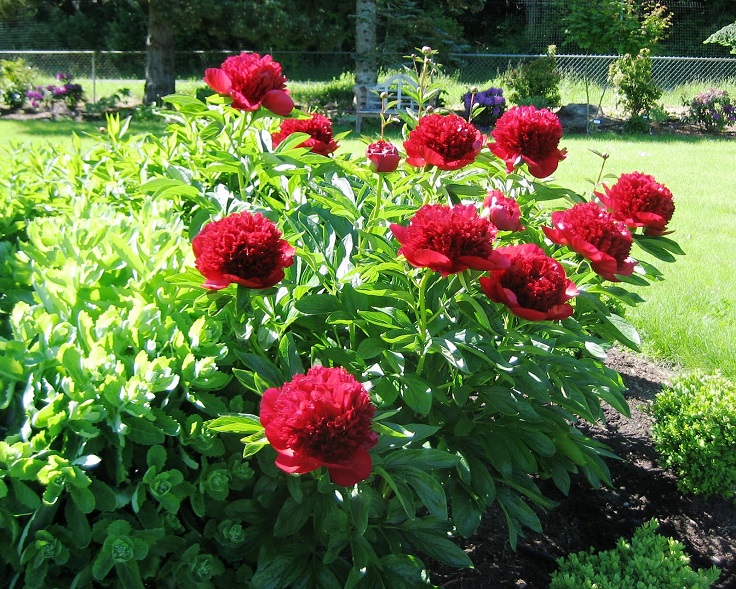
via passion4peonies.blogspot.com
Peonies are the type of flowers that don’t like to be disturbed. That being said, peonies don’t like to share their food or water with other plants, so make sure to plant them away from other shrubs, flowers, or trees, somewhere they can get all they need without being disturbed. They’re sun lovers and plant them where they can get plenty of sunshine!
4. Plant Peonies in Container
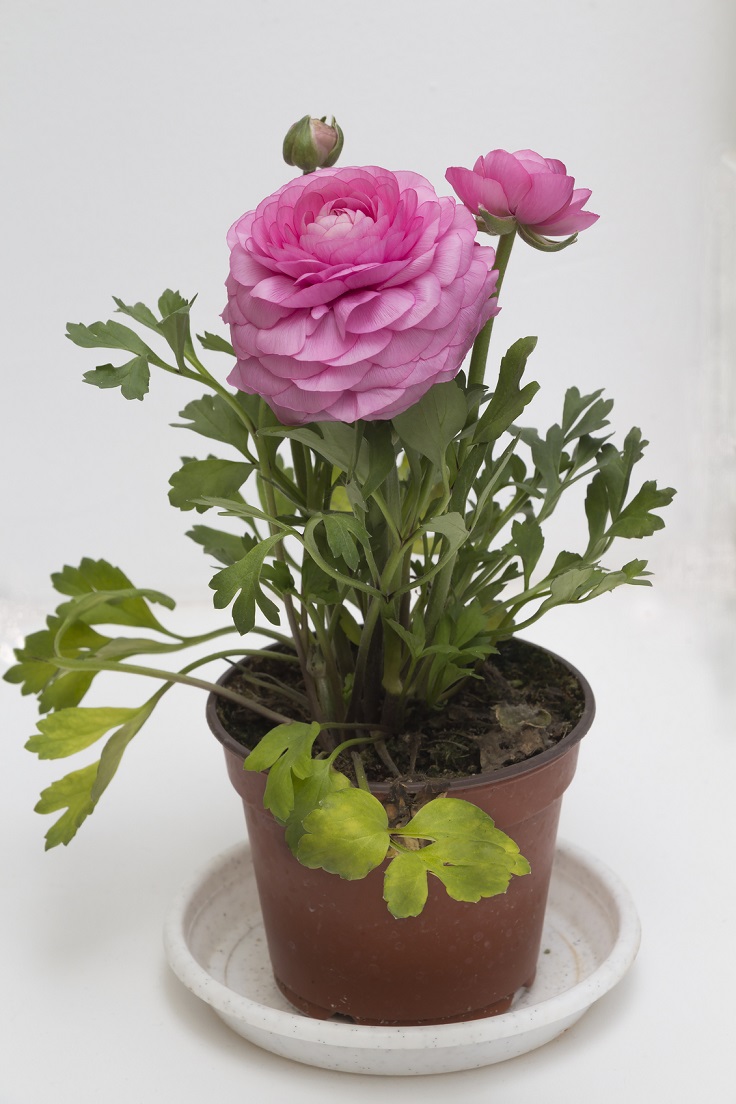
If you decide to grow your peonies in containers, you should do so in spring or autumn. What you’ll have to do is to loosen the soil and also add a larger amount of compost. When you’re done with this step, place the peony into the ground, but make sure to do so with the top of its rootball level with the soil. It should not disrupt tender feeder roots.
5. …Or Plant Them From Seeds
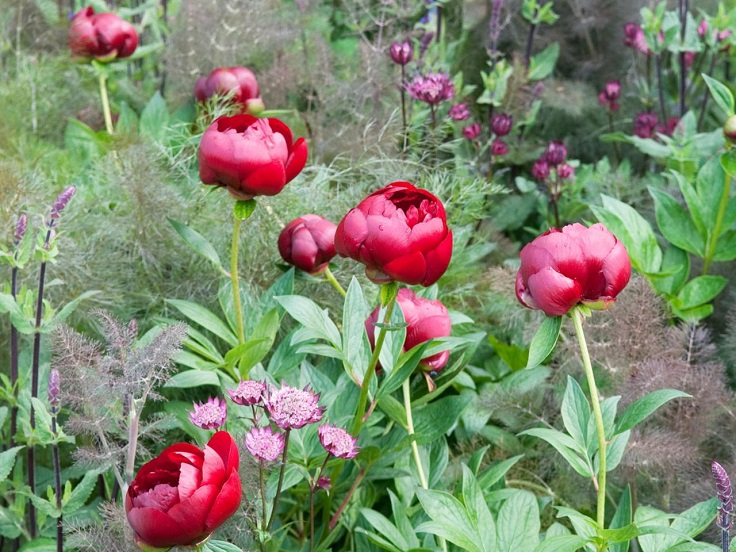
via diynetwork.com
Growing in the ground is a possibility too. If you would like to grow your peonies this way, you need to plant them during the autumn. Dig a hole that is deep and wide enough for the roots and plant it inside. However, depending on the variety, make sure to plant them the right way. Herbaceous peonies need to be planted with the eyes 3 cm below the soil surface, while tree or woody peonies at least 7 cm below.
6. Water for Bloom
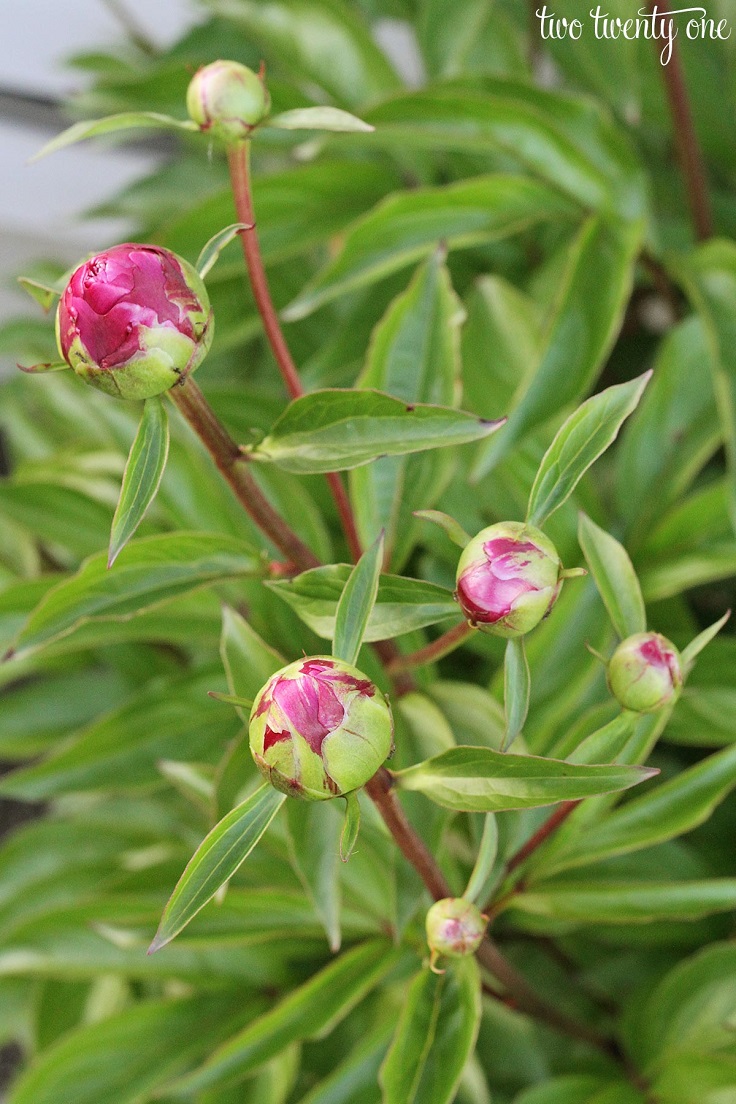
via twotwentyone.net
Right after the planting, water the peonies for the soil to settle well down around the roots. After the establishment, water the peonies thoroughly and regularly. This means that you should water once every one to two weeks, and in times of hot weather and intense sun, you can water them once a week.
7. Feed the Peonies
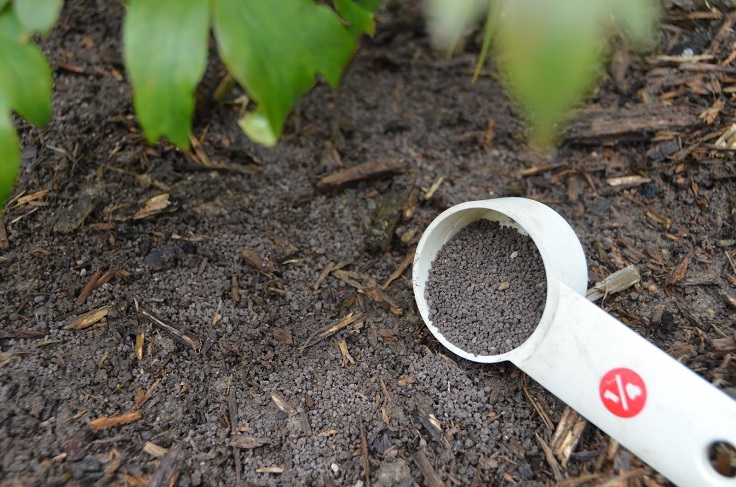
How much your soil is rich will determine how much you will later need to feed it, so it’s important to use rich soil right from the start. However, some soil might lose its fertility after some time, and they will need fertilizers because of it – you can use organic compost. Keep all fertilizers away from the flowers’ crown, as there are no feeding roots over there. Make sure to use fertilizer every few years; peonies don’t need feeding more often than this!
8. Add Support
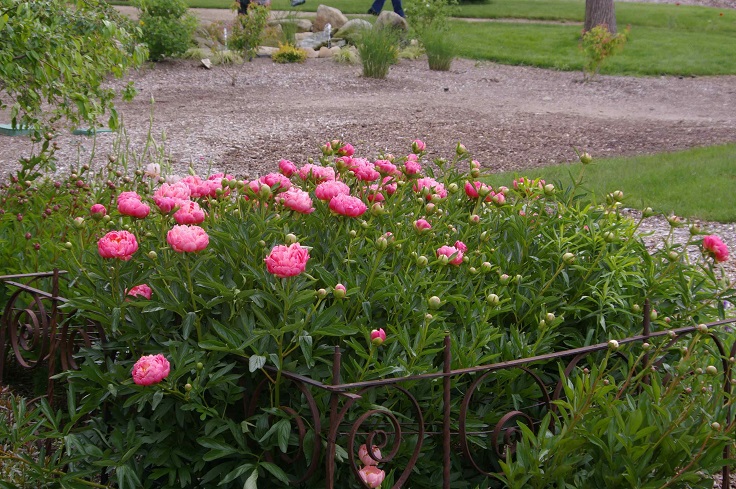
As they’re growing, peonies bulbs can grow really big and heavy, and they might start to bend down. To avoid breaking and keeping them proudly standing up, peonies need support cages. This can be either a store-bought support cage, or you can make your own. Look at this iron cage from the photo – isn’t it wonderful? If you want more of a DIY option, you can make a tomato wire cage and use it for the peonies.
9. Watch out from Pests
via thegardenbench.wordpress.com
Ants love peonies as much as we do, so don’t be surprised if you see plenty of them walking all over your plant! These ants don’t need to be removed, as they’re helping the peonies grow fine by attacking other pests if they disturb the ants while eating nectar. However, considering how hardy of plants the peonies are, they are susceptible to Verticillium wilt, ringspot virus, tip blight, and stem rot, to name a few of your potential problems with growing peonies.
10. Picking Peonies and Post – Bloom Care
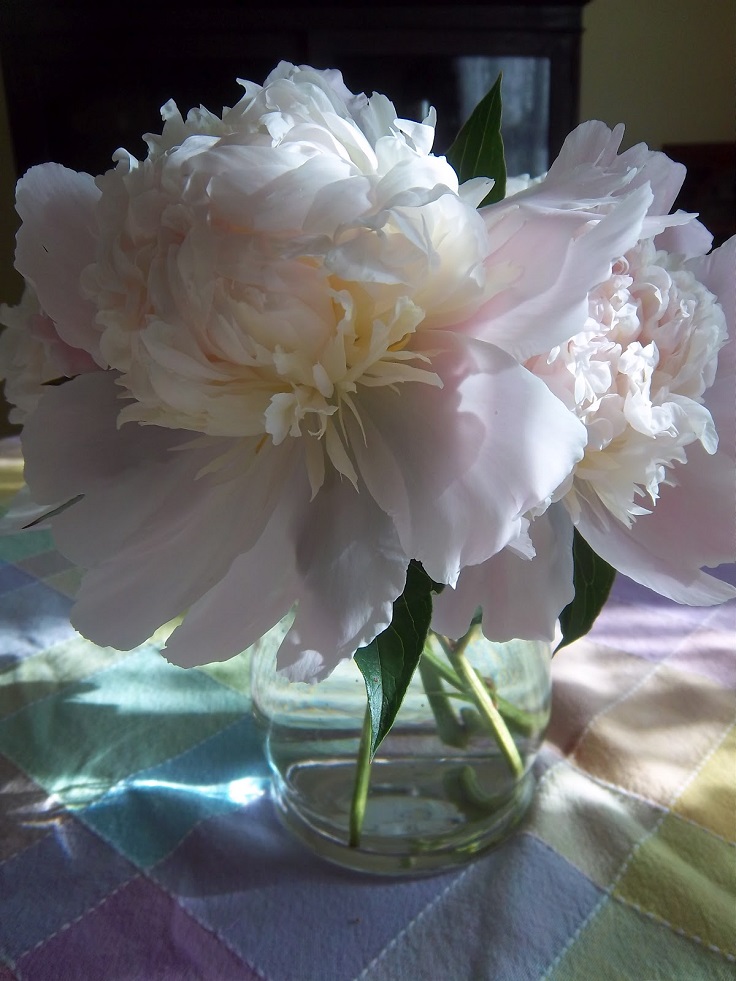
via asentimentallife.blogspot.com
Peonies are excellent flowers for a bouquet, so don’t hesitate to make one once you have them all ready for harvest. They are great cut flowers that can last more than one week, and to get the best results, cut the long stems while the buds are still fairly tight.

